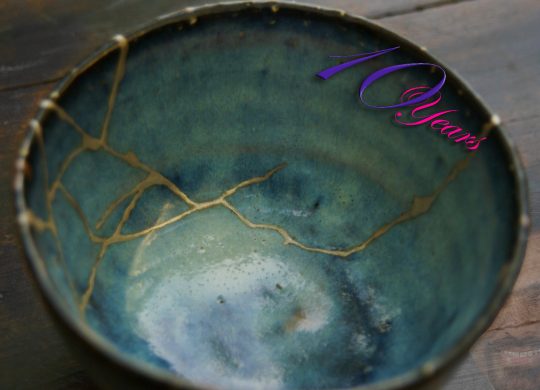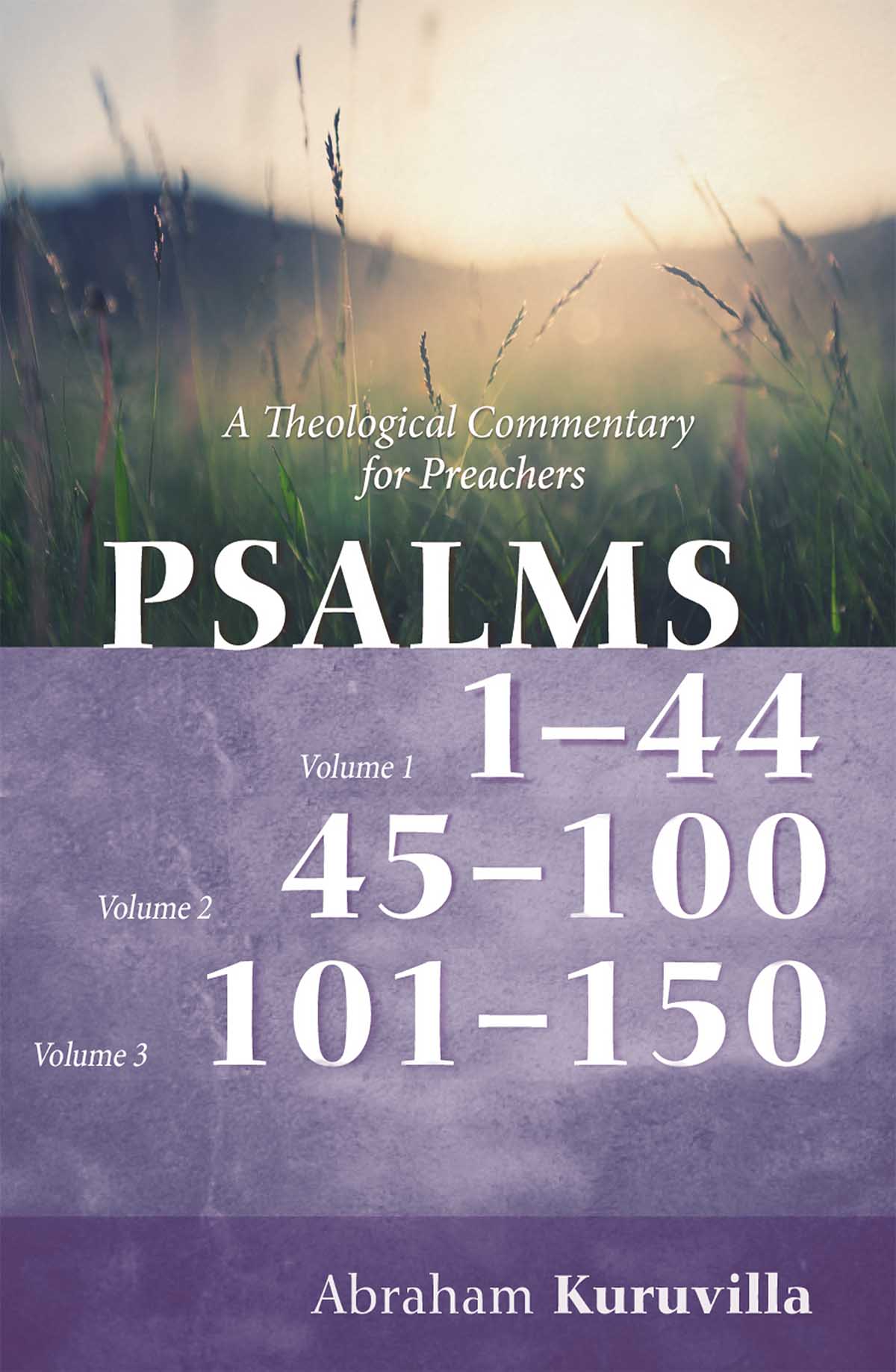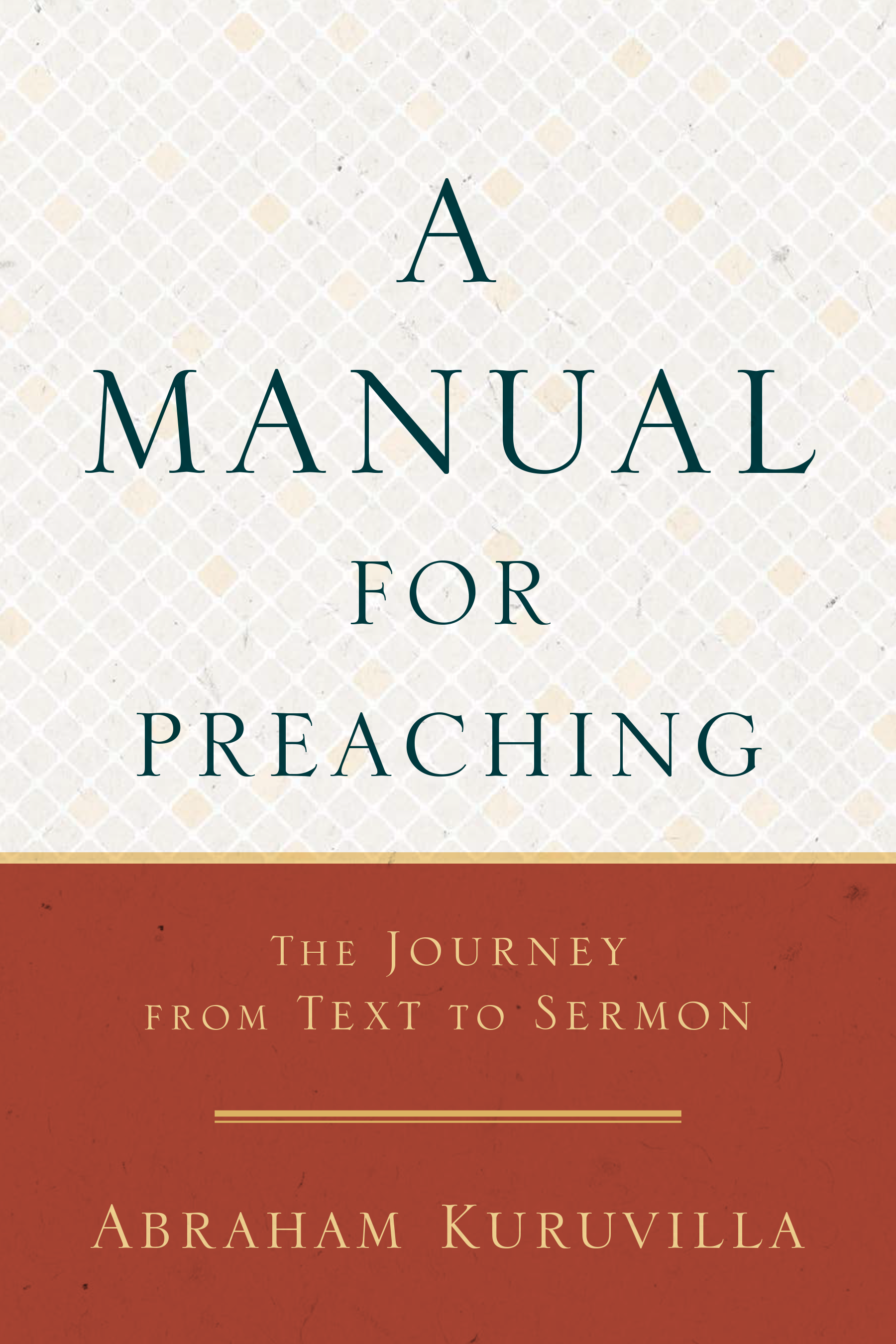Broken!

Perfection! We always entertain the fond hope that we will achieve it.
At least in a few arenas of our lives: becoming or finding the perfect spouse, being the perfect parent with the perfect children, achieving that perfect job, attaining to the perfection of being respected by everyone around us, accomplishing perfection in our tasks, hobbies, responsibilities ….
But, invariably, life deals us these down-to-earth put downs that crack our hopes and shatter our dreams. Nope, we ain’t perfect. Neither are those around us.
Zen Buddhists have a solution. Particularly when the cracking and shattering deals with ceramics. Masters of this philosophy argued that broken pots, cups, decanters and such shouldn’t be discarded, but respected, repaired, and reused. They have a word for it: kintsugi, 金継ぎ (= “golden joining”).
The pieces of a jar, bowl, or vase are glued together with lacquer, and brushed with expensive gold powder (or silver or platinum). There is no attempt to disguise the seams of repair, which remain visible to point out a philosophical fact: we’re all broken.
Apparently kintsugi had its origins in the Muromachi Period. A Shogun of Japan, Ashikaga Yoshimitsu (1358–1408), once broke his favorite tea bowl. He sent it for repair, and on its return he was even more distraught by the ugly metal staples that held it together. His craftsmen decided on another tack. Without hiding the breaks, they made something artful out of the disaster, using kintsugi.
Kintsugi belongs to the Zen ideal of wabi-sabi (侘寂) that esteems what is simple, rustic, aged, weathered. It’s an embrace of the transient, flawed, and imperfect.
One scholar described it thus:
It is the most conspicuous and characteristic feature of traditional Japanese beauty and it occupies roughly the same position in the Japanese pantheon of aesthetic values as do the Greek ideals of beauty and perfection in the West.”
One of the great proponents of wabi-sabi, Sen No Rikyu (1522–1599), traveling through southern Japan, was invited to dinner one evening. The host displayed an expensive, antique tea jar that he had acquired from China, but the old man never seemed to notice it. After he left, the host, in frustration, smashed the jar and retired to his bedroom. The other guests sympathetically picked up the pieces, went to work on it with kintsugi and restored it anew. On his return trip, Sen No Rikyu visited the host again, and this time he spotted the jar. With a knowing smile, he exclaimed, “Now, it’s magnificent!”
Indeed, the Bible seems to agree: God values brokenness.
The LORD is near to the brokenhearted
And saves those who are crushed in spirit.
Psalm 34:18
The sacrifices of God are a broken spirit;
A broken and a contrite heart, O God, You will not despise.
Psalm 51:17
He heals the brokenhearted
And binds up their wounds.
Psalm 147:3
Indeed, Christianity wouldn’t exist, were it not for a broken body, wounded for our sins.
While they were eating, He [Jesus] took bread,
and after a blessing He broke it, and gave it to them, and said,
“Take it; this is My body.”
Mark 14:22
But He was pierced through for our transgressions,
He was crushed for our iniquities;
The chastening for our well-being fell upon Him,
And by His scourging we are healed.
Isaiah 53:5
Christ’s broken body was resurrected. But he still bears the scars.
“Reach here with your finger, and see My hands;
and reach here your hand and put it into My side;
and do not be unbelieving, but believing.”
John 20:27
Kintsugi? No, the miraculous power of God!












 Abe Kuruvilla is the Carl E. Bates Professor of Christian Preaching at The Southern Baptist Theological Seminary (Louisville, KY), and a dermatologist in private practice. His passion is to explore, explain, and exemplify preaching.
Abe Kuruvilla is the Carl E. Bates Professor of Christian Preaching at The Southern Baptist Theological Seminary (Louisville, KY), and a dermatologist in private practice. His passion is to explore, explain, and exemplify preaching.
2 Comments
Very powerful, thanks! I’m still learning how to lacquer and gild my cracks.
This fits well with NBC’s Sunday message from Isa 53. Despised, suffering, humiliated, and broken, which brings life, exaltation, and justification.
We all are, aren’t we?
Thanks, Rodney.